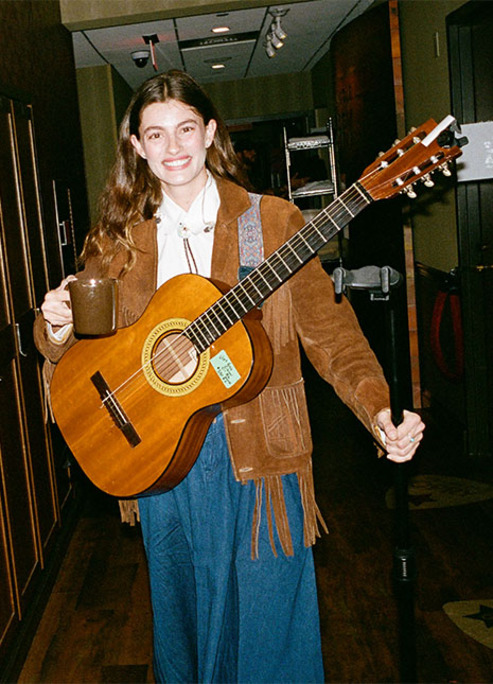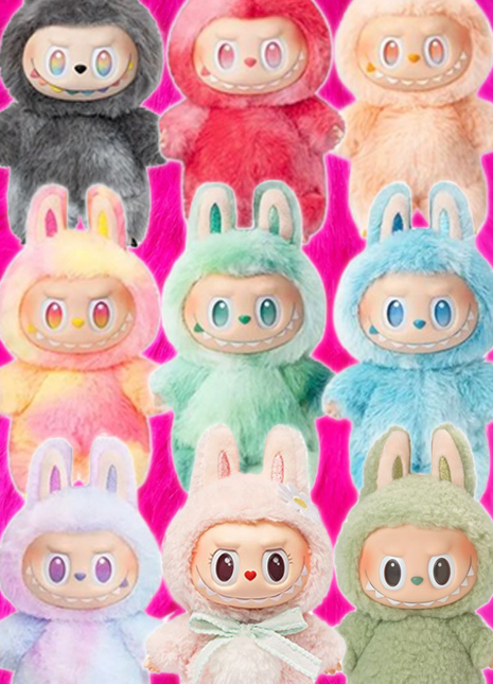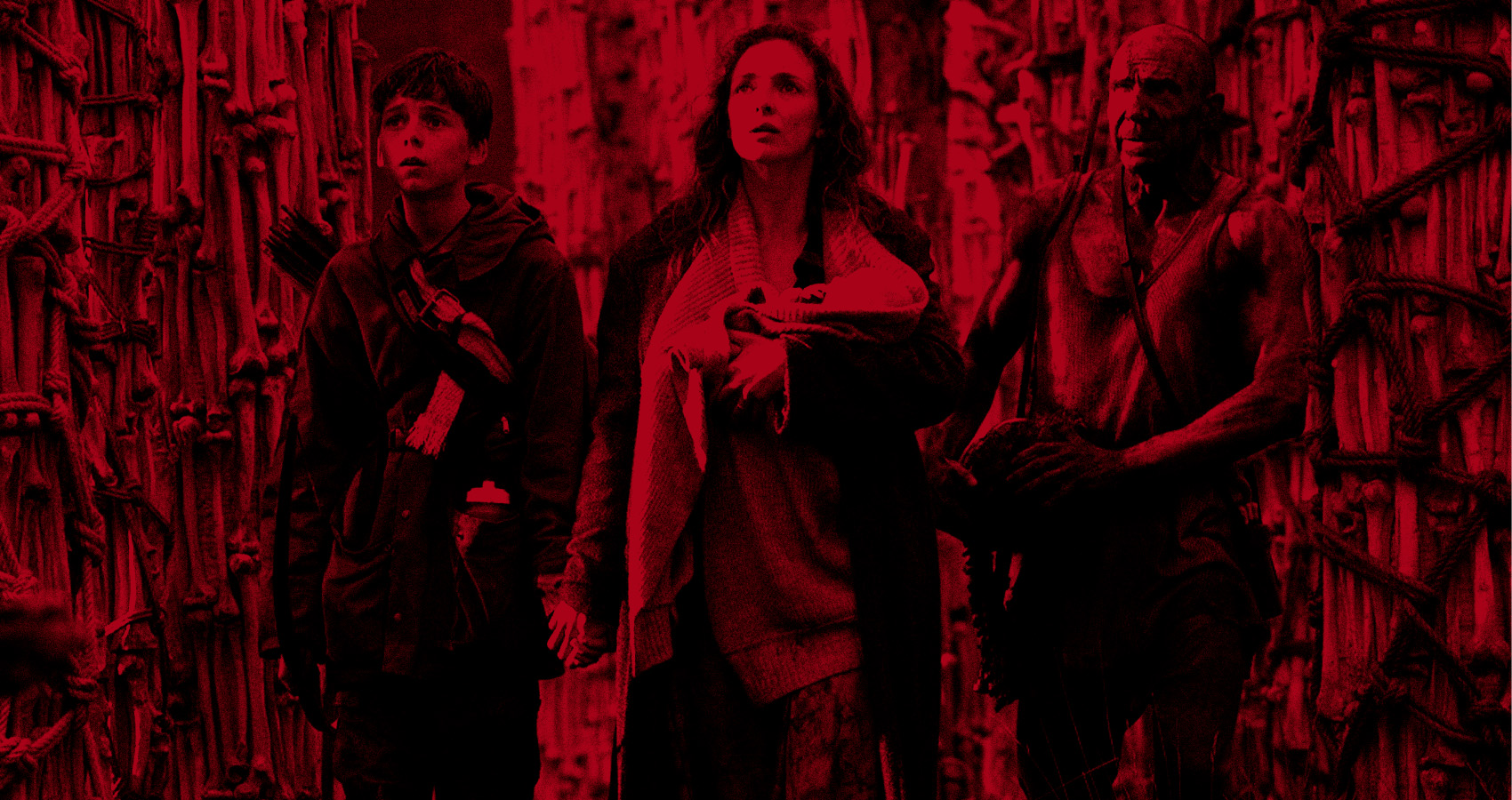
28 Years Later: Death, Tradition, And Evolution
The real horror isn’t the infected: it’s what we do to survive them – spoilers ahead.
Twenty-three years after 28 Days Later redefined the zombie genre, Danny Boyle and Alex Garland return with 28 Years Later. This is not merely the first instalment in the recently announced trilogy – it resurrects its predecessors as something more unsettling and philosophically rich than ever before. A psychological horror more relevant than ever in a post-pandemic, post-Brexit Britain, 28 Years Later uses the zombie as an autopsy of family, tradition, and British identity.
Set decades after the Rage Virus first broke out, the film begins on Lindisfarne – a real-life island off the northern coast of England steeped in Christian and nationalistic history. Here, an isolated community clings to survival using medieval weapons and ritualistic traditions. Modern technology has eroded, and with it, so has progress. Into this world steps Spike (Alfie Williams), a young man raised on fear, isolationism, and masculinity-as-duty, whose journey off the island becomes the film’s emotional and thematic spine.
Evolution
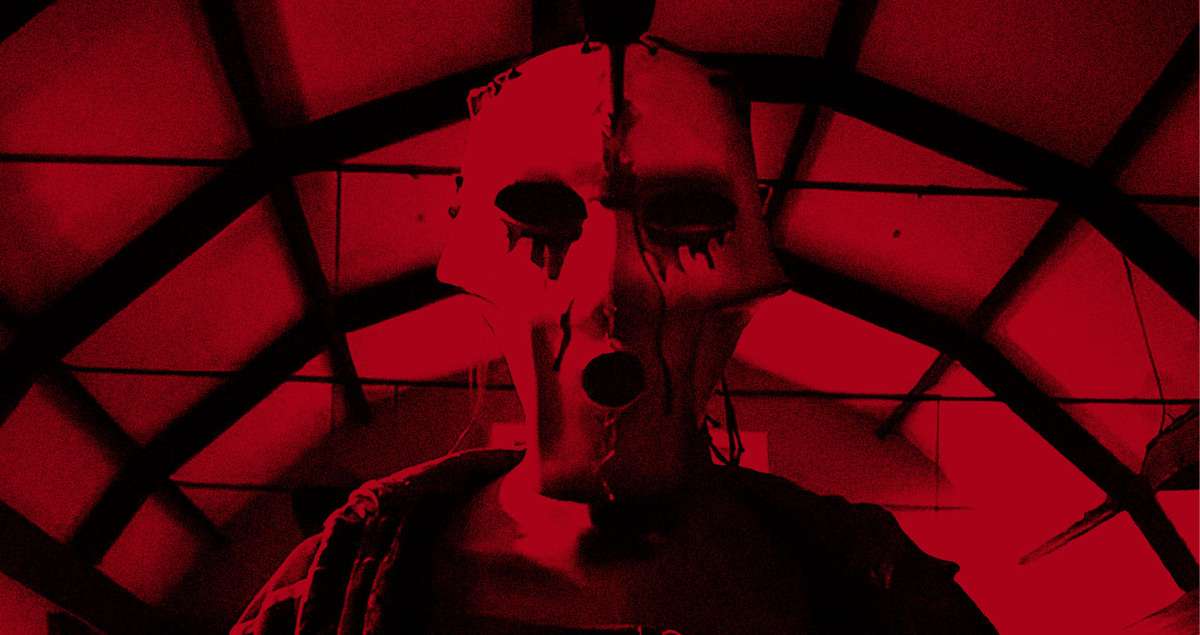
In its most visceral moments, 28 Years Later is a horror movie through and through. The Rage Virus is back and more terrifying than ever, with the introduction of an ‘Alpha’ zombie – an apex predator played with chilling physicality by Chi Lewis-Parry. This creature isn’t just fast and aggressive; it’s strategic, primal, and a clear product of natural selection.
Tradition as Infection
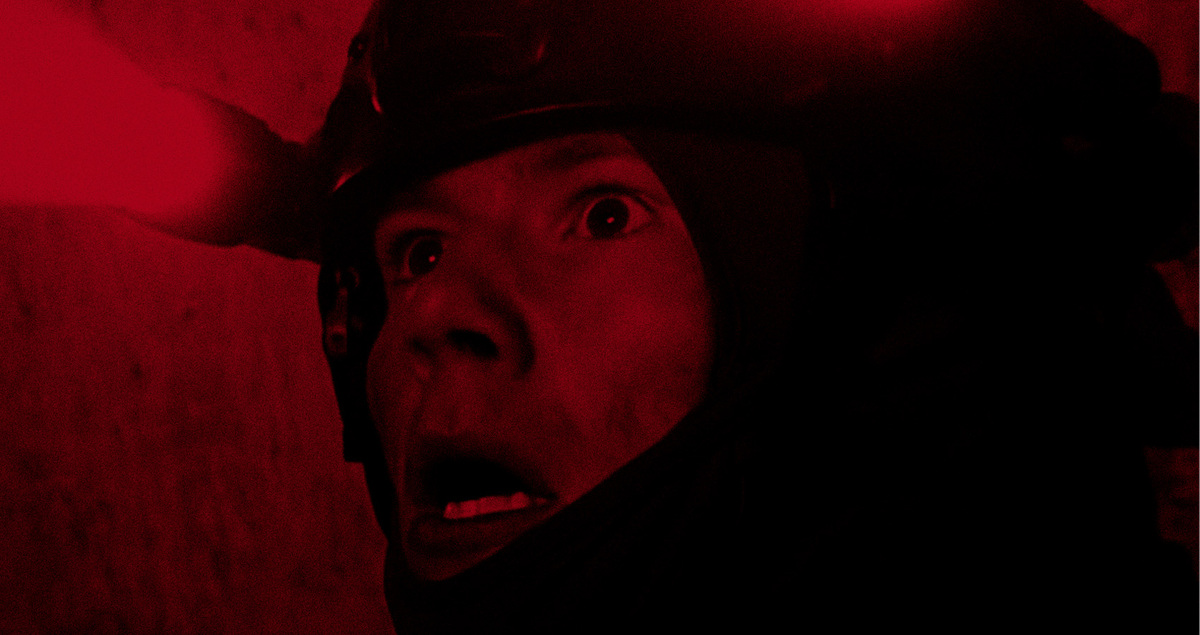
The Lindisfarne community is steeped in symbols of ‘Heritage Britain’ – the longbow, the St. George flag, the poetry of Kipling. Through this setting, Boyle and Garland explore how nationalism and nostalgia can calcify into dangerous dogma. The community’s fear of outsiders, obsession with ritual, and refusal to innovate become its own form of infection – one that Spike must escape.
Rudyard Kipling’s poem Boots becomes a motif throughout the film, used to eerie effect over footage of from the Agincourt conflict in 1944 Henry V: which was used as propaganda by Winston Churchill. The exploration of the maddening monotony of fighting alludes not only to the dreary reality of a retrogressive modernity, but also the idea of blindly following the previous generation: “Don’t look at what’s in front of you”.
Boyle uses jump scares and disorienting sound design to great effect, but 28 Years Later doesn’t rely solely on gore to frighten. The most horrifying moments often come from what isn’t infected – the actions of the humans.
The Death of Family
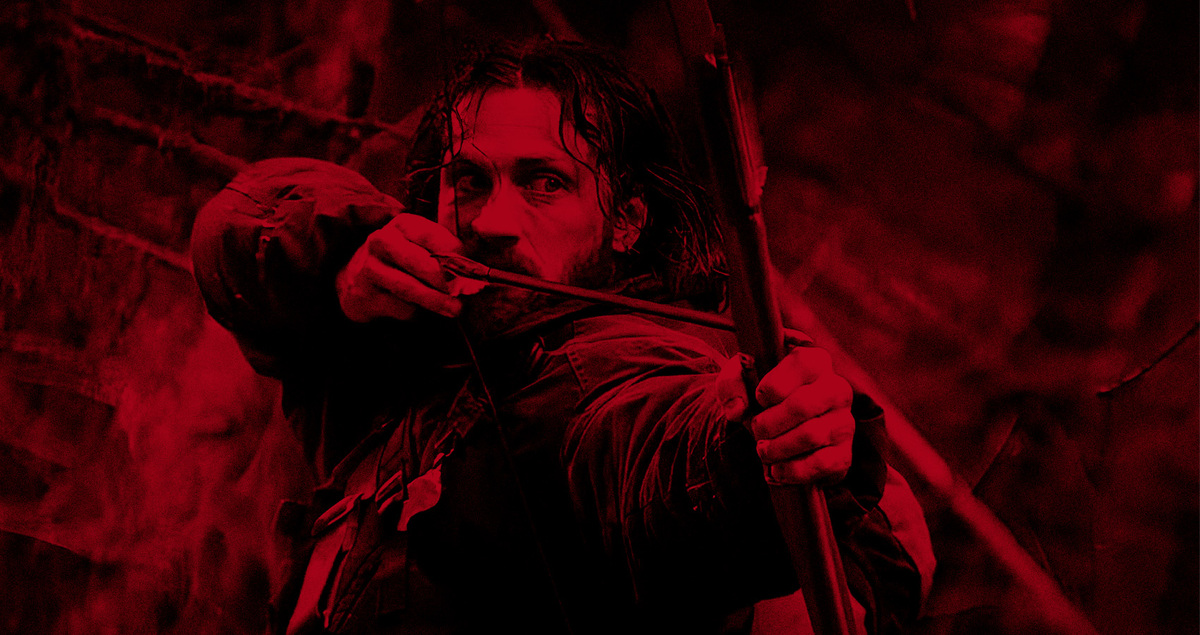
If 28 Days Later asked how found family can save you, and 28 Weeks Later showed how traditional family cannot survive crisis, 28 Years Later completes the trilogy’s arc: family has been obliterated. Spike begins the film clinging to his ailing mother (Jodie Comer), a symbol of the old world. However, in the film’s second half, he meets Dr. Kelson (Ralph Fiennes), a Merlin-like figure who tends to the infected with quiet reverence. Kelson’s ‘Bone Temple’ – a towering structure made of skulls – is not morbid, but meditative. He preaches memento mori: the acceptance of death as a step toward clarity, compassion, and evolution. For Spike, it’s a turning point. To honour his dying mother and move beyond the insular values he was raised with, he must quite literally let her go. The imagery – placing her skull atop the tower – is among the most poetic and devastating in the franchise, and his coming-of-age is defined not by protecting her, but by letting her die.
Toward a New Kind of Horror
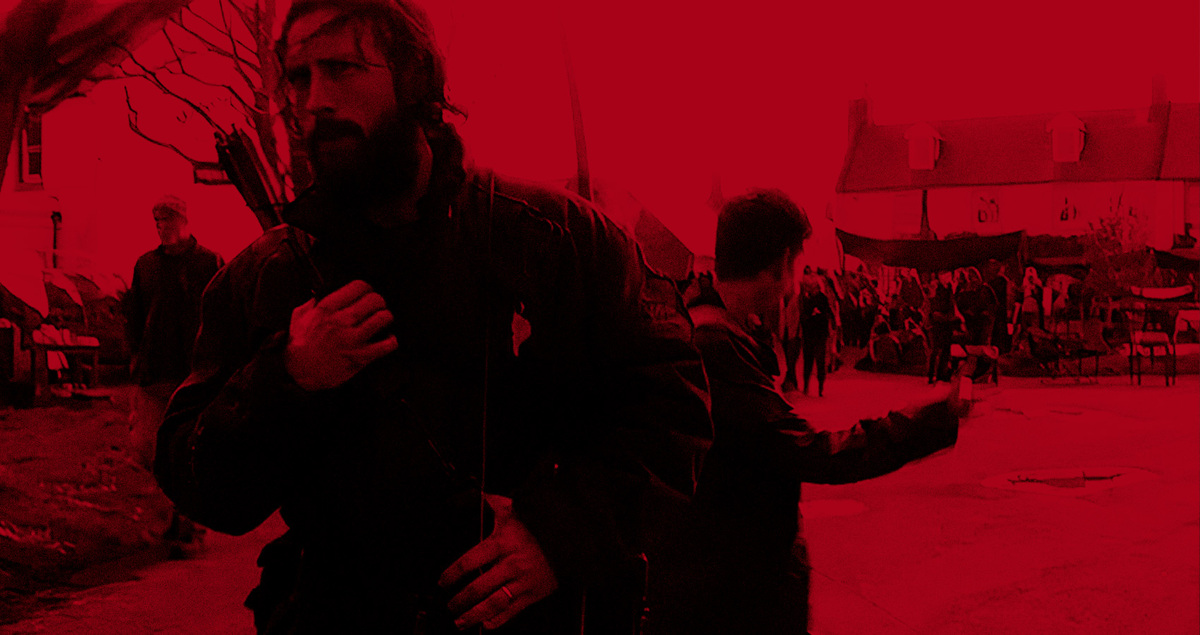
The film ends with more questions than answers. As the Jimmys whisk Spike away and the next phase of the trilogy looms (The Bone Temple, directed by Nia DaCosta), we’re left to wonder what is next for the franchise and for twelve-year-old Spike, now he is on the mainland. What the film makes clear is that survival alone is not enough. We must reckon with the past and let go of dead traditions.
28 Years Later isn’t just a horror movie. It’s a story of love, loss, and terror. A dissertation on death. And a triumphant, terrifying evolution of a genre that refuses to stay dead.




